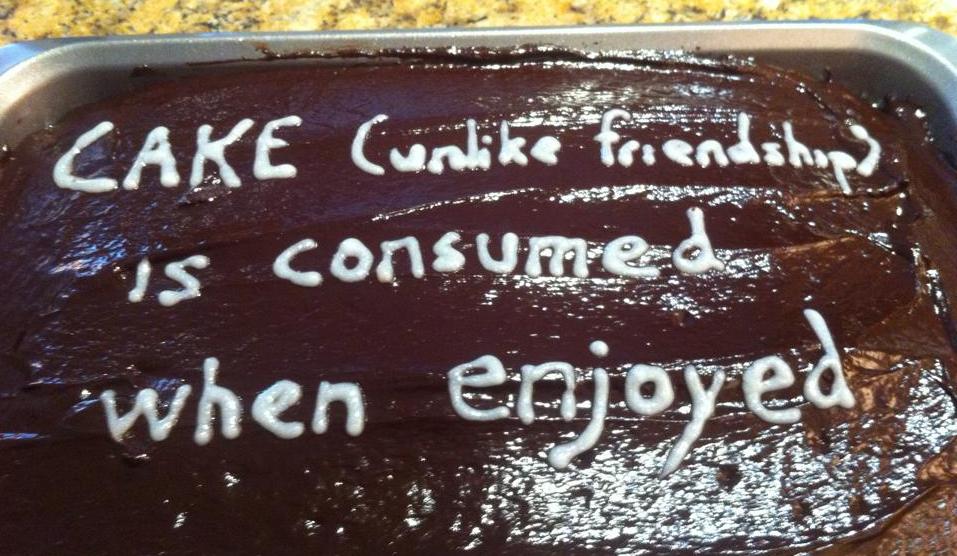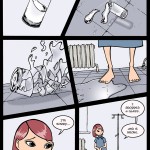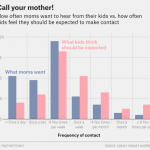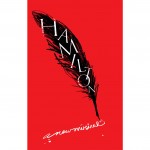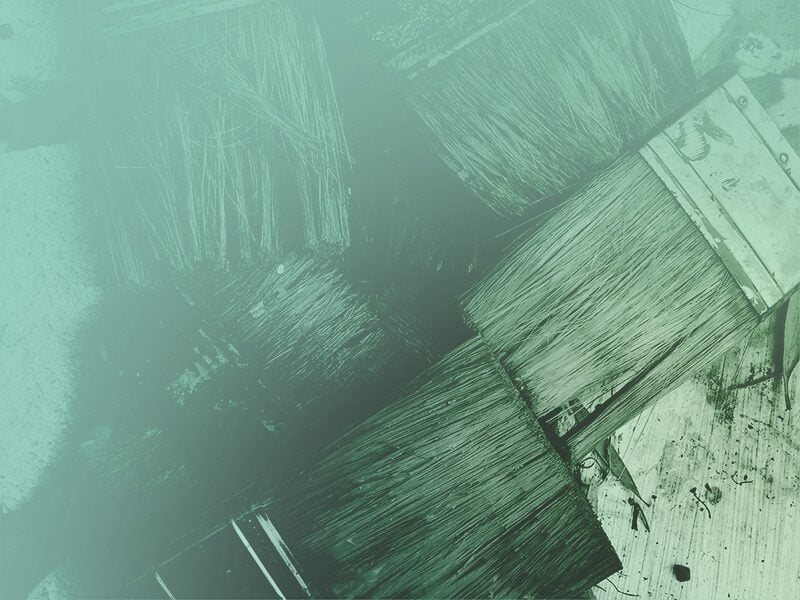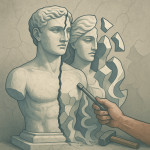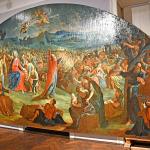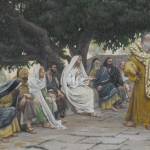You still have time this weekend to watch Merrily We Roll Along this weekend and letting me know you want to participate in my Sondheim Symposium on friendship. I’ll be readying my posts, and, in the meantime, I thought you might enjoy seeing the cake I baked for the in-person symposium.
The lyrics of the opening song from Merrily pose the question:
How did you ever get there from here?
How does it happen?
How does it happen?
When does it disappear?
Isn’t it always clear?
How does it start to go?
How does it slip away slow ?
So you never even notice
It’s happening?
And Don Newgreen and Jeffrey Craig have the answer (assuming the antecedent of ‘it’ is “the formerly pointed ears of domesticated species”). Their article “Why so many domesticated mammals have floppy ears?” is a fun read puts forward an interesting hypothesis about why a cluster of physical traits seem to emerge (across a number of species) when breeders are only trying to select for temperamental traits.
Speaking of human-mediated transformations of animals, I quite enjoyed this time lapse video of Emily Van Tassel applying an ape prosthetic to a human actor. (The artistry is inspired by the new Planet of the Apes, but this makeup artist isn’t working for that production).
Of course, some animals don’t appreciate our meddling. Like poor Schrödinger’s cat, who Sarah Donner has given a song of zer own:
Recently, human observation caused some problems for non-hypothetical animals. Viewers watching a camera pointed at an eagle’s nest noticed one chick was failing to thrive and started wondering if Something Was To Be Done:
The Nongame Wildlife Program, however, had a policy to let nature play out and not intervene; it doesn’t want to compromise the essential eagleness of the eagles on its EagleCam. In an informational video about the EagleCam that the agency produced, a public relations specialist, Lori Naumann, addresses this exact situation hypothetically: “We’re not going to turn the camera off,” she says. “We’re not going to climb in the nest to try and save any chicks.” The agency had posted the video the previous day, only hours before anyone noticed Snap struggling.
THE public outcry, Ms. Naumann later told me, was “getting more hostile as the day went on.” It became hard to ignore. At one point that Friday afternoon, she found herself on the phone with a woman who simply couldn’t accept the agency’s refusal to help Snap. “She was crying and crying and could not be consoled,” Ms. Naumann said.
Meanwhile, Ms. Naumann was periodically checking in on the eagles, via the EagleCam, and noticed that one of the adult birds had brought a dead female pigeon into the nest to feed its chicks. Ms. Naumann knows the pigeon was female because, once the eagles ripped it open, they discovered an egg inside. And so they ripped the pigeon’s egg open too and ate its contents. It must have made for great television, frankly. And yet, Ms. Naumann told me, none of the people criticizing the government for its willingness to let Snap die seemed to mind watching their birds tear apart a mother pigeon and her unborn chick. “So,” she ventured, “there was something contradictory about that.”
A friend of mine recently posted a question for her facebook hivemind, asking how to make Catholic bookstores more appealing. Personally, I’d visit any establishment that provided a nice, public space to meet friends, especially if I didn’t have to keep buying coffees to keep my seat. Anything to relieve the public spaces drought.
I’d be glad to pass on your suggestions, too. Or, if you’d like to see some wilder ideas, several architects were asked to imagine the future of the bookstore, starting from scratch.
A vending wall swings out onto the pavement, popping out a changing selection of paperbacks. Inside, new titles are laid out on a long table that marches down the space. To one side, there’s a “Harry Potter wonderwall of discovery”, to be explored by ladder (ignoring, for the moment, health and safety). While customers can be in and out of the shop in a matter of minutes, the back half of the store caters to those who can stay longer. Literary sommeliers advise on what to read next, or usher you into a pod for a multisensory experience: you curl up and read a hardback with an appropriate drink (tea for Austen, whisky for Hemingway), soundtrack or even smell. Readers wanting a more social experience gather on bleacher seating (“simple timber steps with cushions”) to take part in book clubs, hear an author give a talk or discuss self-publishing, which can be done via screens in the far left-hand corner.
Meanwhile, I’m waiting for Through the Woods, a graphic novel collection of Emily Carroll’s horror stories/fairy tales. I’m looking forward to reading it, but I’m a bit stymied, because Amazon claims to have delivered it yesterday, but I’ve not seen hide nor hair of it. Ah well, good thing I plan on reading the stories, not living them, or else I’d be much more concerned about a member of my team wandering off and vanishing.
If you’d like a sense of Carroll’s storytelling sensibilities, you can try “The Hole the Fox Did Make.”
That’s what I’m waiting to read; here’s what I have been reading:
- Newt’s Emerald – Garth Nix (disappointing)
- Spiritual Friendship – Aelred of Rievaulx (for the birthday argument)
- Girl at the End of the World – Elizabeth Esther
- Full Fathom Five – Max Gladstone (while writing the review)
- The Love Affairs of Nathaniel P. – Adele Waldman (intended to be (and was!) depressing, but I wasn’t convinced it was urgent for me to be depressed by these people)
- New Year’s: Nathaniel P. as Seen Through the Eyes of His Friend Aurit – Ibid (ibid)
- The Girl with All the Gifts – M.R. Carey (really enjoyable contribution to an otherwise frustrating genre, reminded me favorably of Karen Hesse’s The Music of Dolphins)
For more Quick Takes, visit Conversion Diary!


